Title: Understanding Different Governance Models: A Comprehensive Overview
Introduction:
Governance models form the foundation for the smooth functioning of organizations, whether they are public or private entities. They define the decision-making processes, structures, and rules that guide how organizations are directed, controlled, and managed. Understanding different governance models is crucial for individuals involved in governance, as well as those seeking to comprehend how organizations function effectively. This article provides an in-depth overview of various governance models, highlighting their key features, strengths, and drawbacks.
I. The Importance of Governance Models
Governance models serve as frameworks for organizations, helping them achieve their goals efficiently, establish accountability, and ensure transparency. They define power distribution, responsibilities, and decision-making channels.
II. Overview of Key Governance Models
A. Hierarchical Governance Model:
The hierarchical governance model is a widely used traditional model where decision-making authority rests at the top. This pyramid-shaped structure ensures clear lines of command and control, enhancing efficiency and swift decision-making. However, it limits the participation and creativity of lower-level employees.
B. Democratic Governance Model:
In a democratic governance model, every member has a say in decision-making processes through voting or representative bodies. This model promotes inclusivity, diversity of ideas, and collective decision-making. However, democratic models can be slower in execution and prone to conflicts.
C. Consensus Governance Model:
Consensus-based governance models emphasize collective decision-making and seek to achieve a broad agreement among stakeholders. This model fosters participatory decision-making, encourages buy-in from all involved, and can lead to innovative solutions. However, reaching consensus can be time-consuming and challenging.
D. Representative Governance Model:
Representative governance models involve elected individuals who act as representatives of the stakeholders. These representatives make decisions on behalf of their constituents, aiming to reflect their interests. This model enhances efficiency, as representatives act based on the trust granted to them. However, there is a risk of detachment from the stakeholders’ concerns.
E. Collaborative Governance Model:
Collaborative governance models emphasize partnerships and cooperation among multiple stakeholders, both internal and external to the organization. This model encourages joint problem-solving, knowledge sharing, and reaches across organizational boundaries. However, it requires effective communication, coordination, and alignment of diverse interests.
III. Selecting an Appropriate Governance Model
Choosing the right governance model depends on various factors, including the organization’s size, complexity, legal requirements, and culture. It is essential to assess the internal and external context, the organization’s goals, and the stakeholders involved.
IV. Frequently Asked Questions (FAQs):
Q1. What governance model is best suited for startups or small organizations?
A1. For startups and small organizations, more flexible and collaborative governance models like consensus or collaborative models are often beneficial. These models allow faster decision-making and enable participation and input from all members.
Q2. Who is responsible for monitoring and evaluating governance models?
A2. Monitoring and evaluation of governance models can be the responsibility of an internal committee, a board of directors, or external regulatory bodies, depending on the organization’s structure and legal requirements.
Q3. Can organizations adopt multiple governance models simultaneously?
A3. Yes, organizations might choose to combine elements from different governance models to create a hybrid model that best suits their needs. This allows organizations to access the benefits of multiple models while addressing their unique challenges.
Q4. Are governance models applicable only to for-profit organizations?
A4. No, governance models are applicable to both for-profit and non-profit organizations. They are crucial for aligning an organization’s activities with its objectives, irrespective of whether profit is a primary goal.
Conclusion:
Understanding different governance models is essential for individuals associated with various organizations or those interested in organizational management. Each governance model has distinct advantages and limitations, making it crucial to carefully consider the organization’s context and goals when selecting an appropriate model. By adopting effective governance models, organizations can enhance transparency, accountability, and decision-making processes leading to overall success.
More in this category ...
Ripple companions with SBI Group and HashKey DX for XRPL answers in Japan
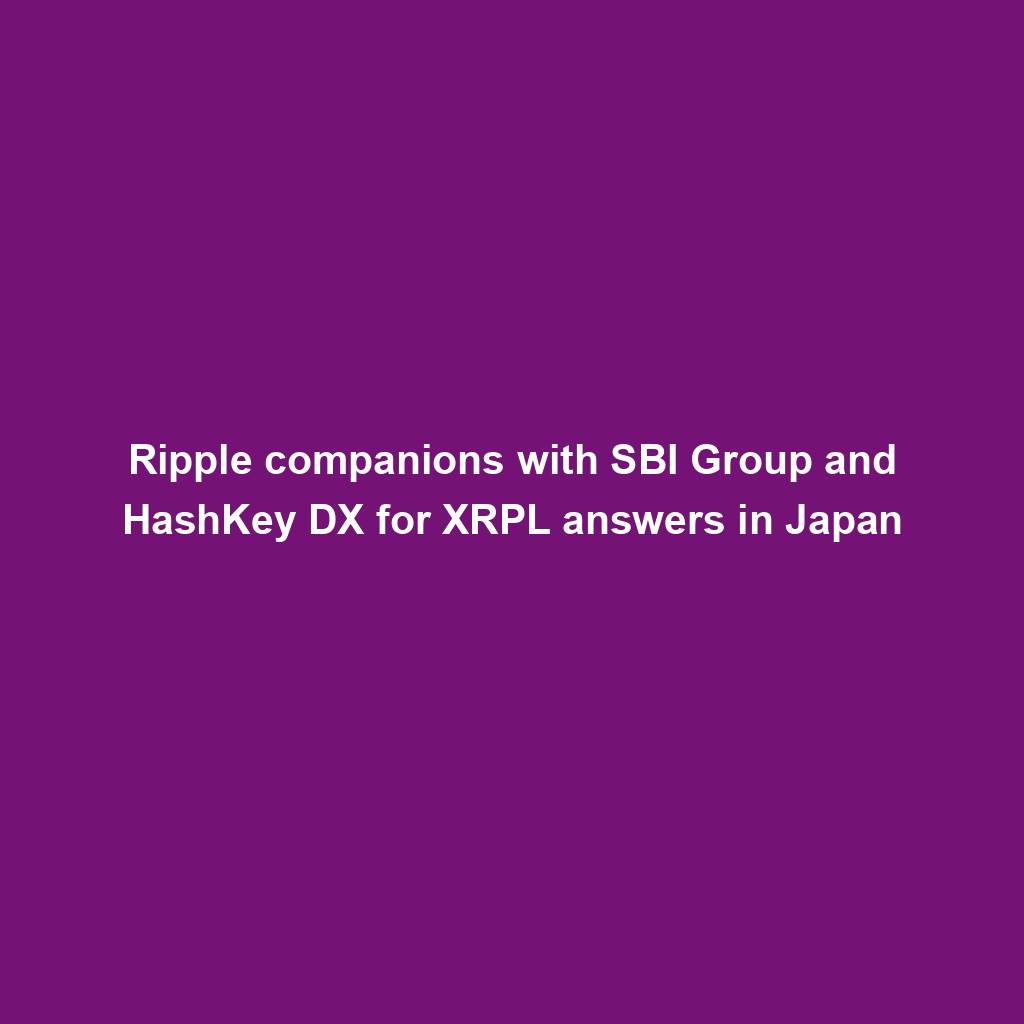
April sees $25M in exploits and scams, marking historic low ― Certik

MSTR, COIN, RIOT and different crypto shares down as Bitcoin dips

EigenLayer publicizes token release and airdrop for the group
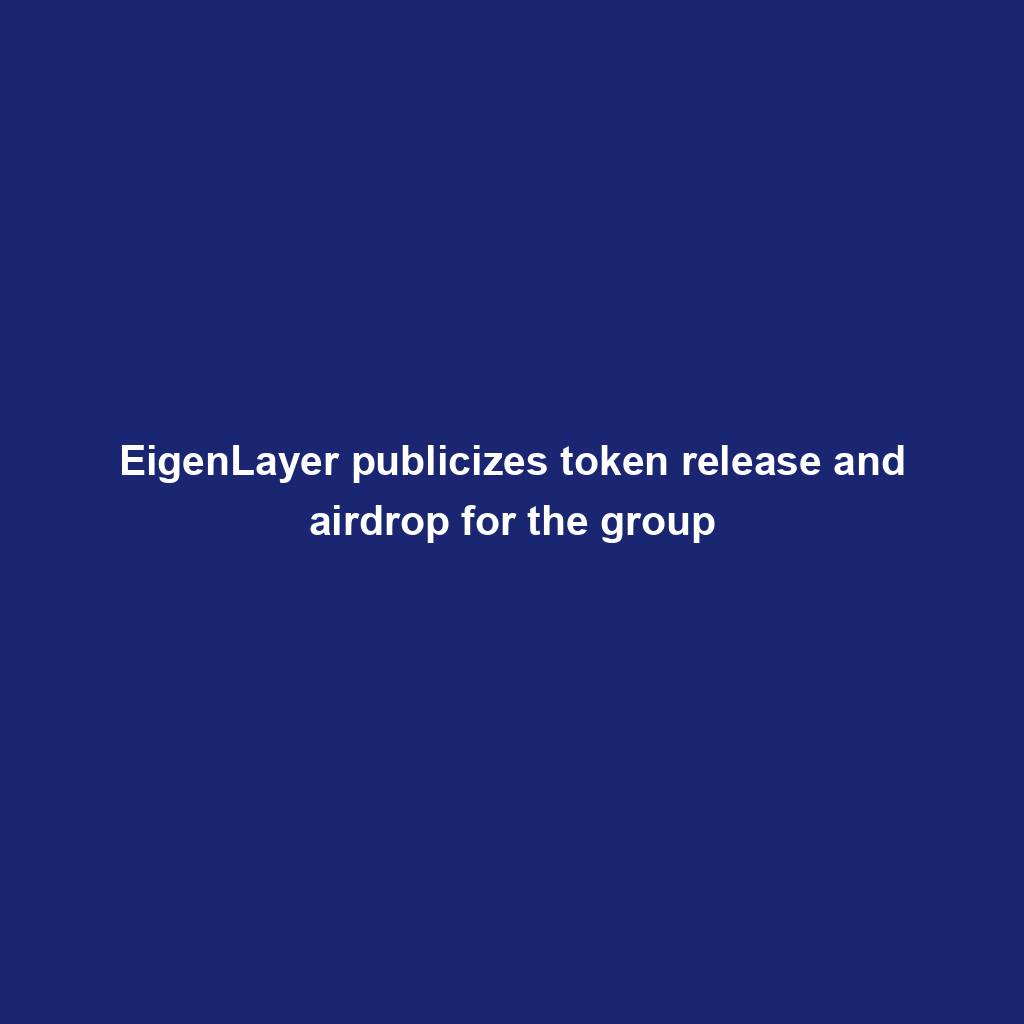
VeloxCon 2024: Innovation in knowledge control

Successful Beta Service release of SOMESING, ‘My Hand-Carry Studio Karaoke App’

Dogwifhat (WIF) large pump on Bybit after record reasons marketplace frenzy
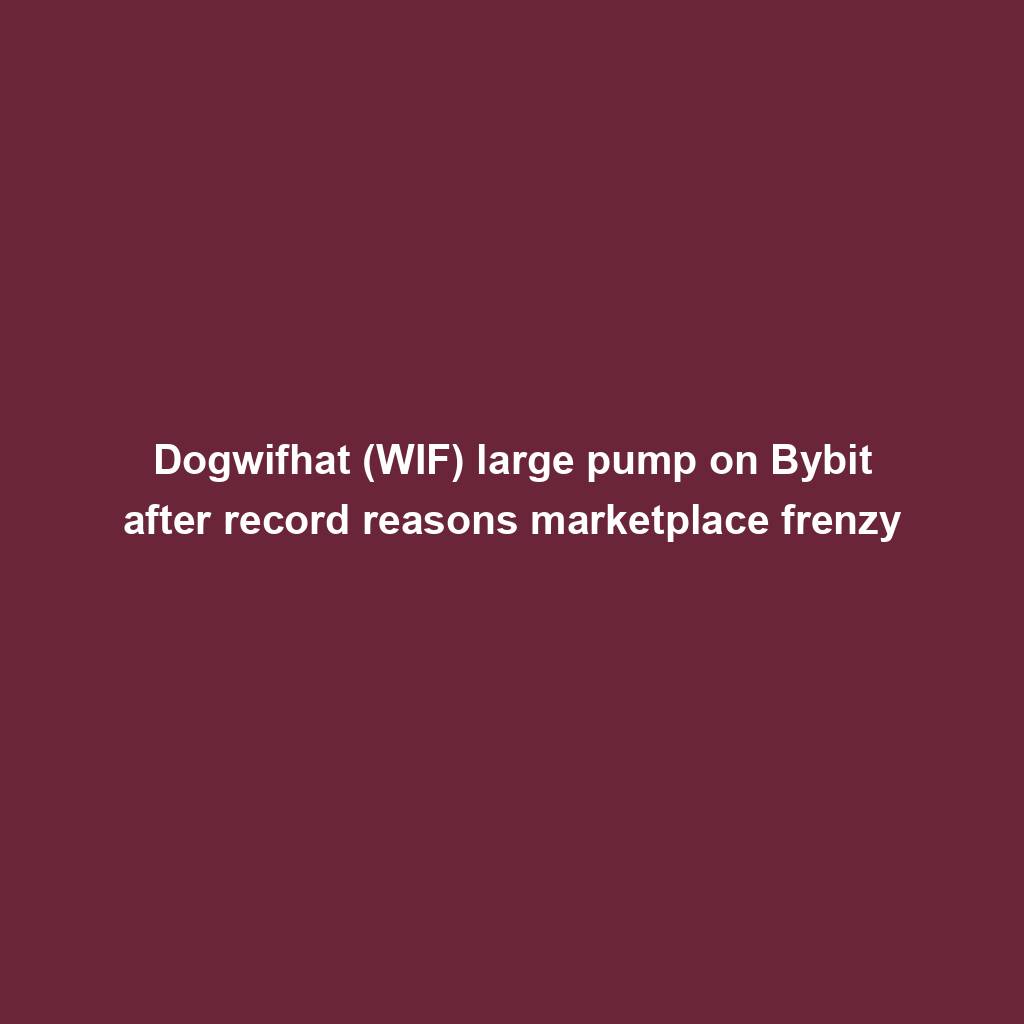
How fintech innovation is riding virtual transformation for communities around the globe
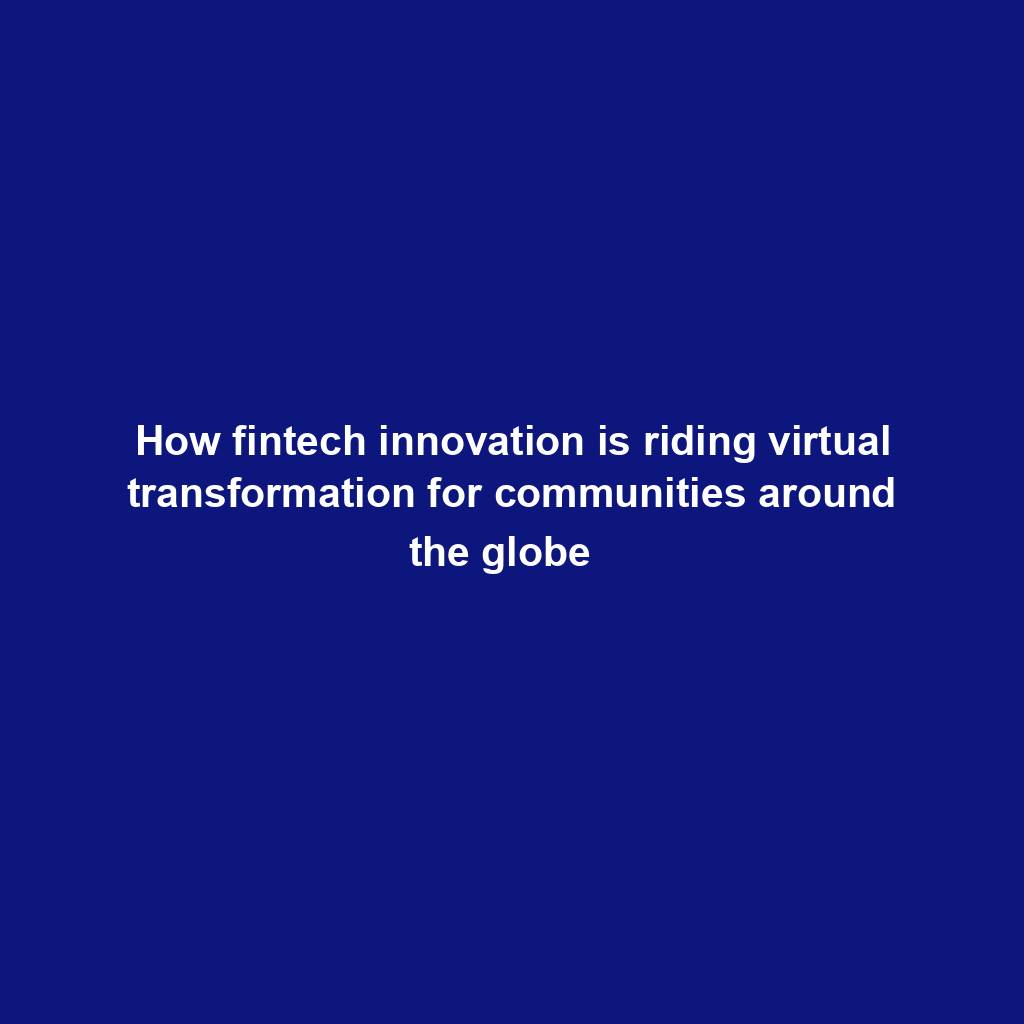
Wasabi Wallet developer bars U.S. customers amidst regulatory considerations

Analyst Foresees Peak In Late 2025

Solo Bitcoin miner wins the three.125 BTC lottery, fixing legitimate block

Ace Exchange Suspects Should Get 20-Year Prison Sentences: Prosecutors

Google Cloud's Web3 portal release sparks debate in crypto trade

Bitcoin Primed For $77,000 Surge

Bitbot’s twelfth presale level nears its finish after elevating $2.87 million

PANDA and MEW bullish momentum cool off: traders shift to new altcoin

Commerce technique: Ecommerce is useless, lengthy are living ecommerce

Republic First Bank closed by way of US regulators — crypto neighborhood reacts
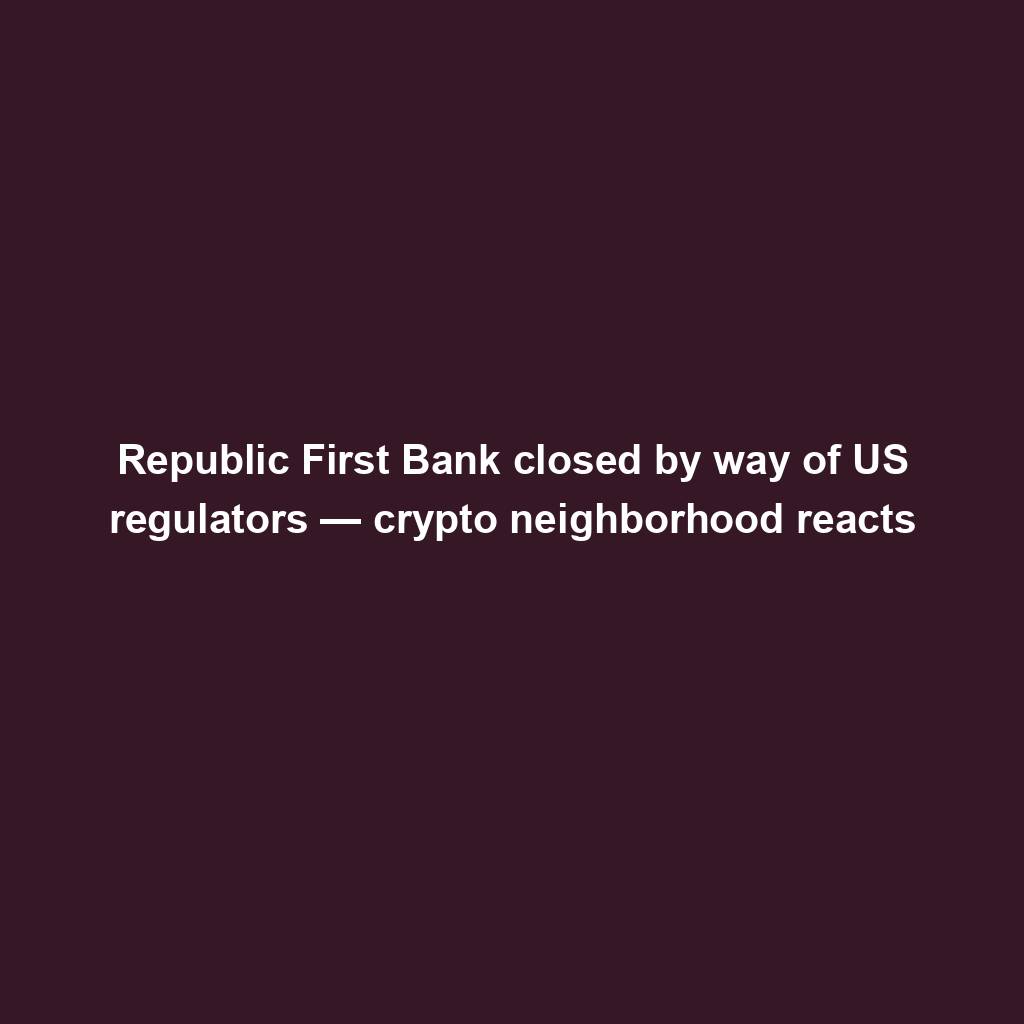
China’s former CBDC leader is beneath executive investigation

Bigger isn’t all the time higher: How hybrid Computational Intelligence development permits smaller language fashions
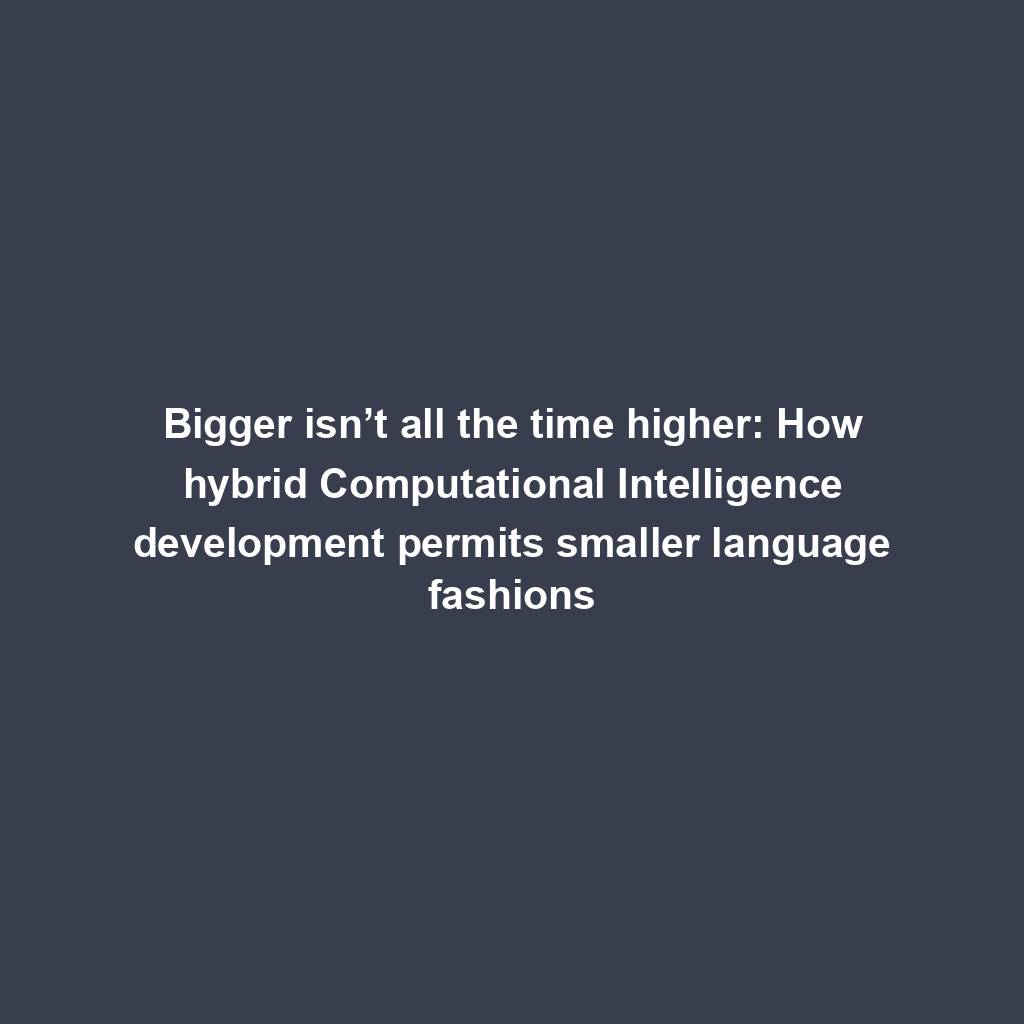
Pantera Capital buys extra Solana (SOL) from FTX
Successful Beta Service release of SOMESING, ‘My Hand-Carry Studio Karaoke App’

SEC sues Bitcoin miner Geosyn Mining for fraud; Bitbot presale nears $3M

Business procedure reengineering (BPR) examples

85% Of Altcoins In “Opportunity Zone,” Santiment Reveals

Sam Altman’s Worldcoin eyeing PayPal and OpenAI partnerships

Artificial Intelligence transforms the IT strengthen enjoy

Franklin Templeton tokenizes $380M fund on Polygon and Stellar for P2P transfers
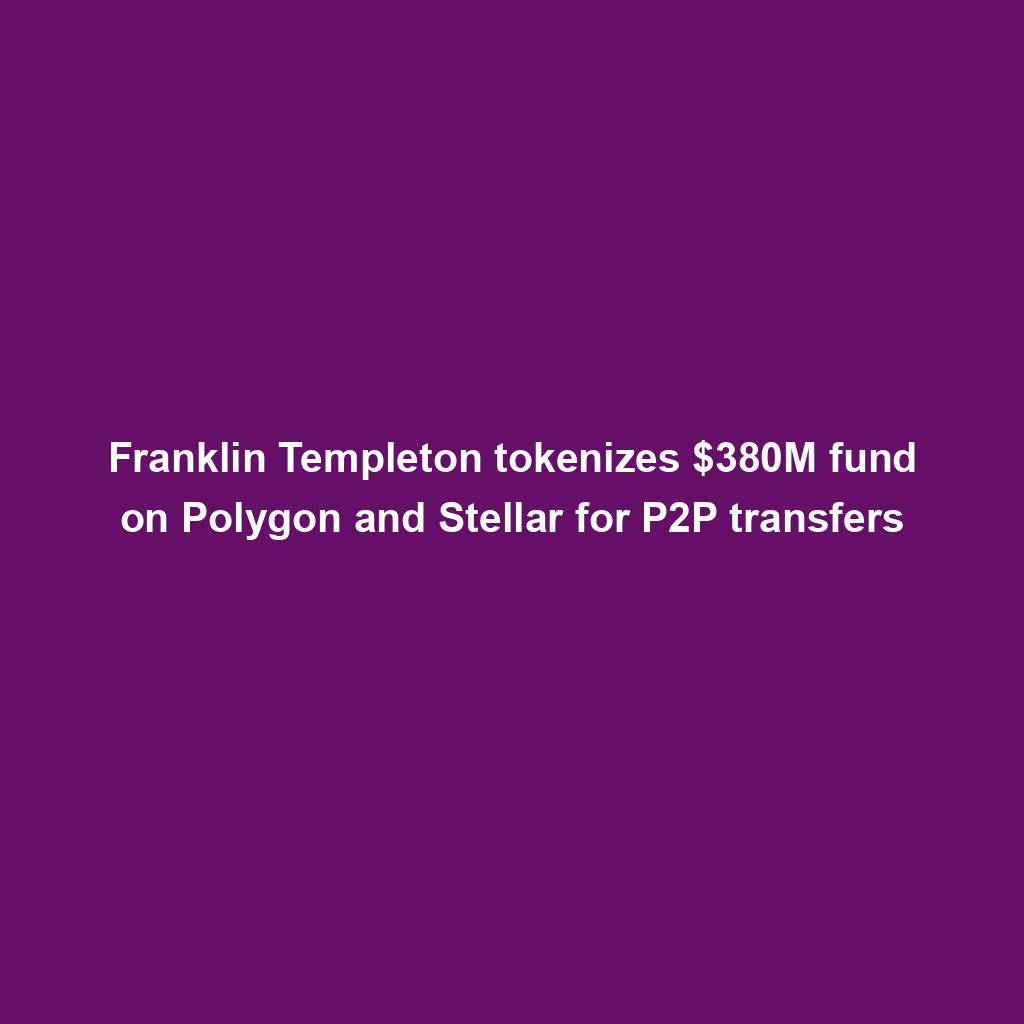
Meta’s letting Xbox, Lenovo, and Asus construct new Quest metaverse {hardware}

Shiba Inu (SHIB) unveils bold Shibarium plans as Kangamoon steals the display
